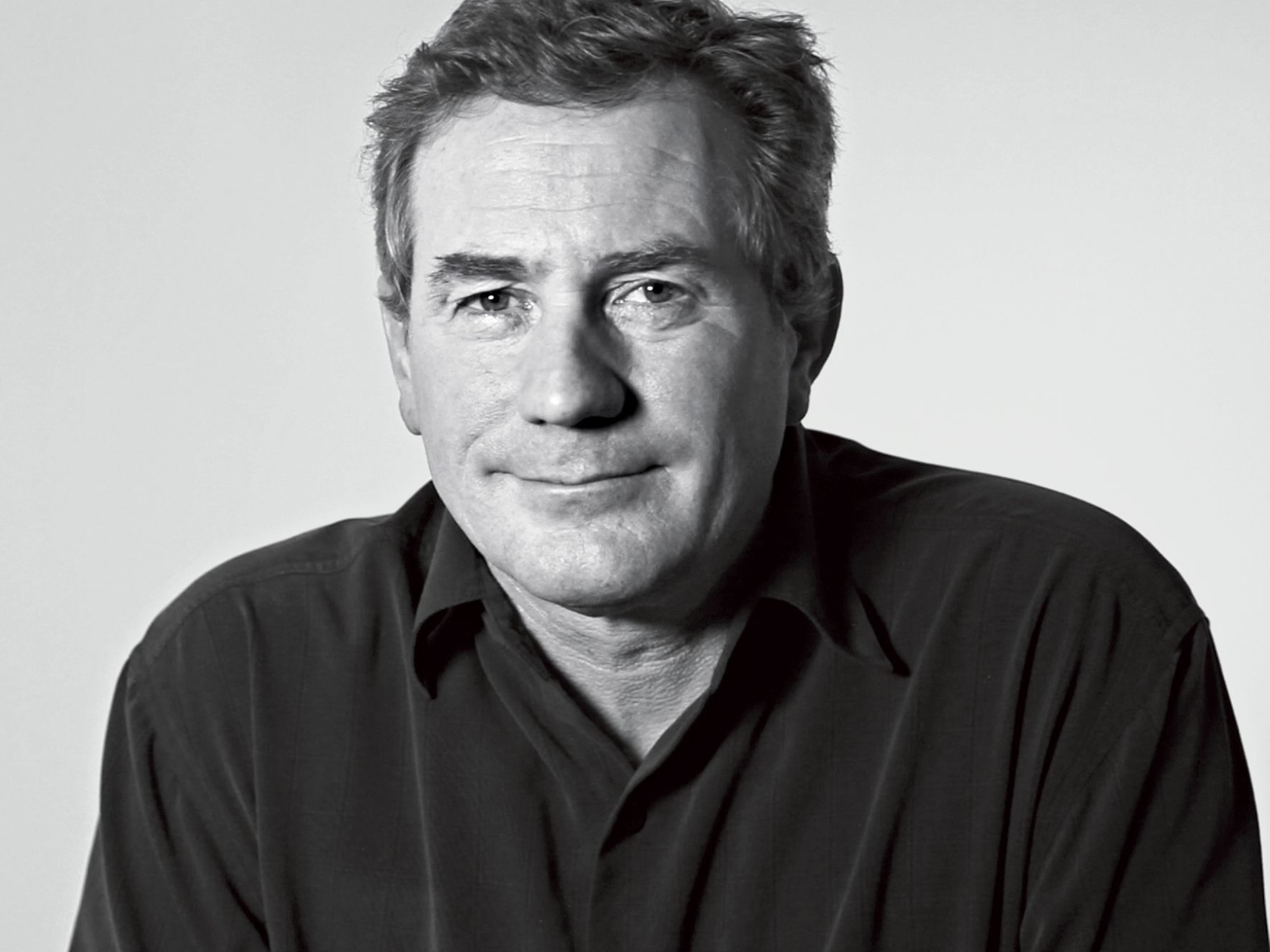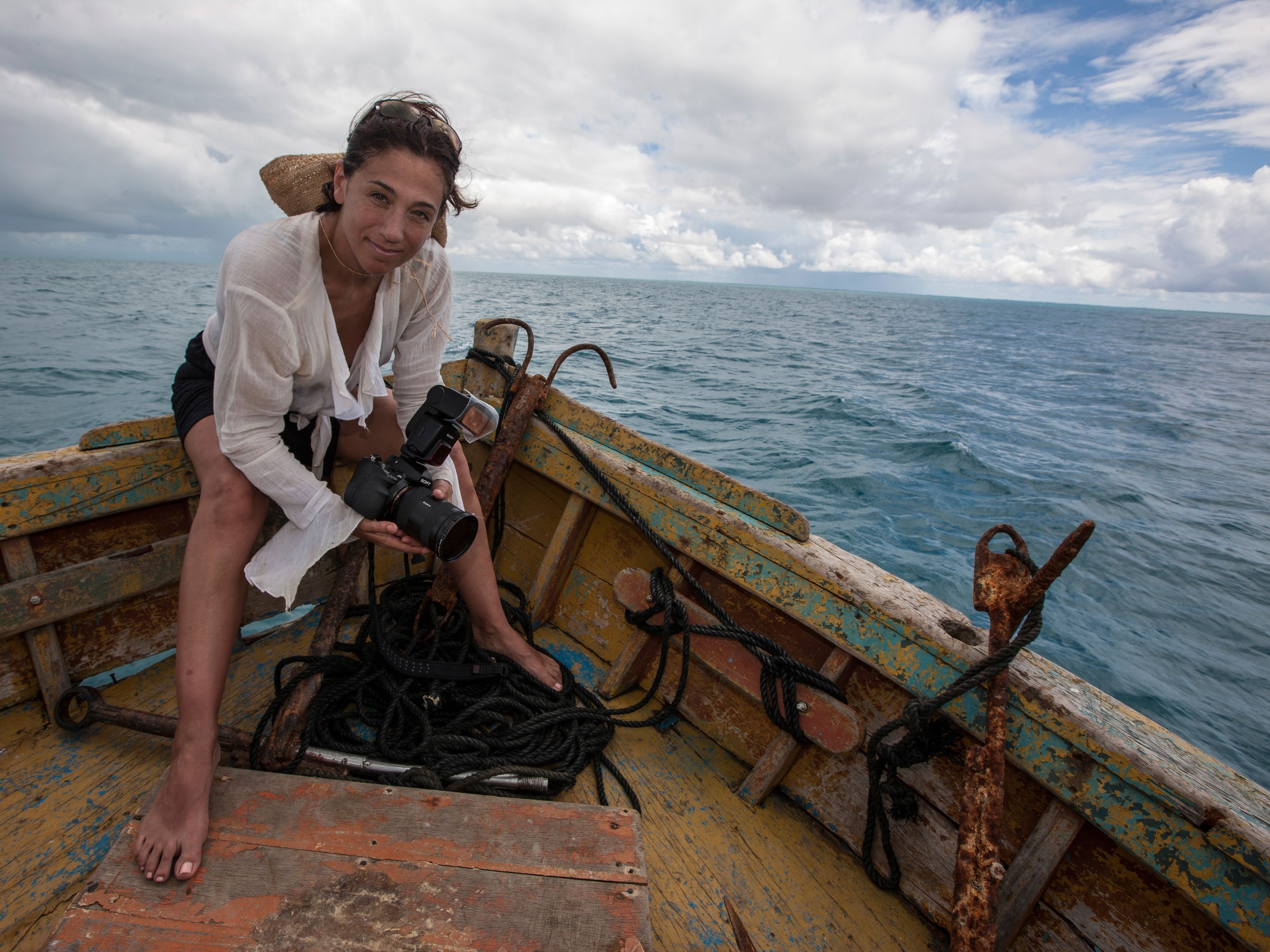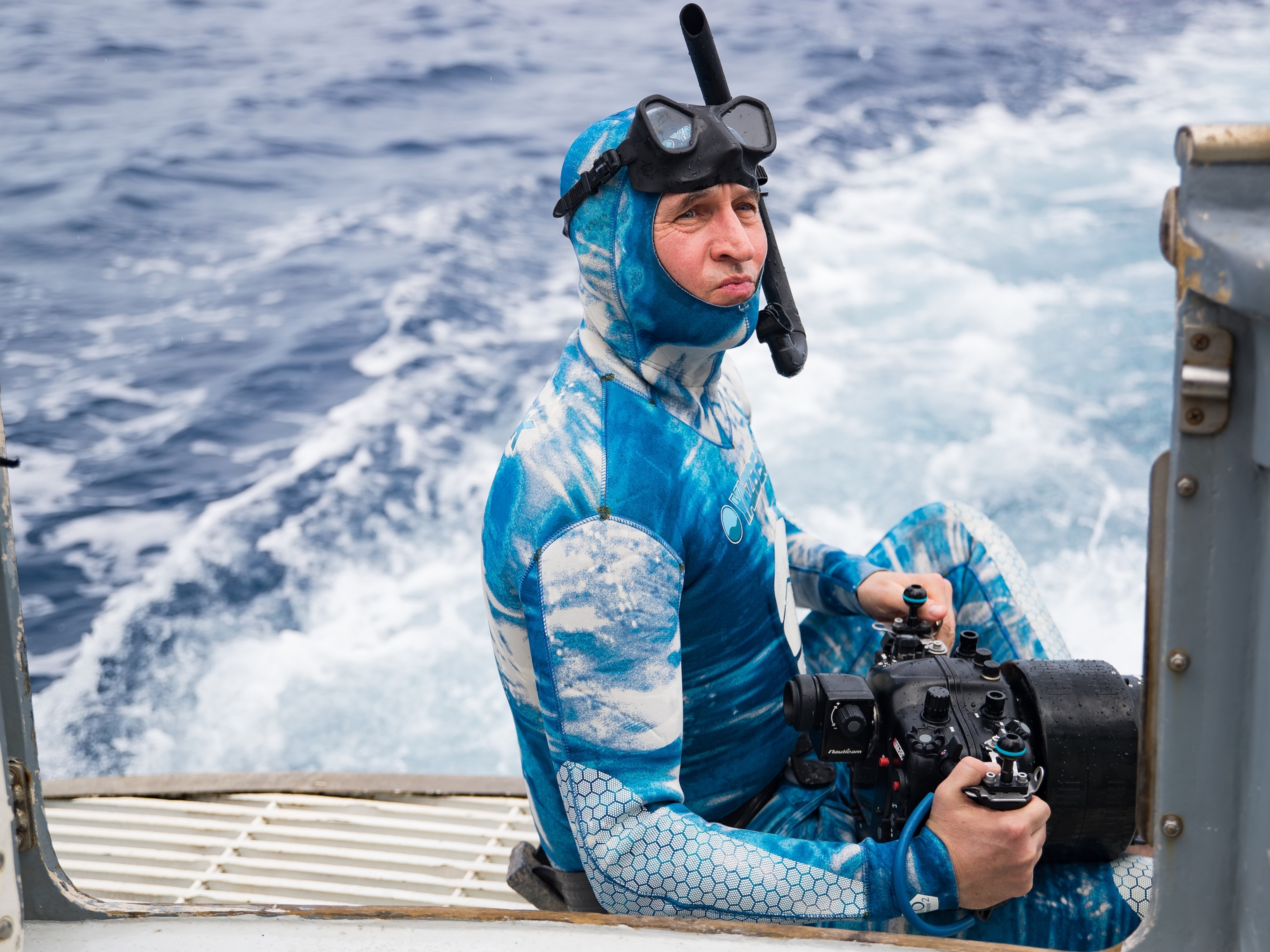Gabby Salazar: Blending approaches to connect people and the planet
National Geographic Explorer Gabby Salazar combines photography and research in an interdisciplinary effort to draw humans closer to nature, and help protect it.
The first time National Geographic Explorer Gabby Salazar looked through the long lens of a camera, it was aimed at a familiar visitor: a backyard blue jay.
But she had never seen the bird from this point of view. The newfound perspective exposed a world hidden in plain sight, and planted her passion for capturing it.
She remembers “being able to see the details on its feathers, and the glint in its eye. I think for me it just opened up a whole world.”
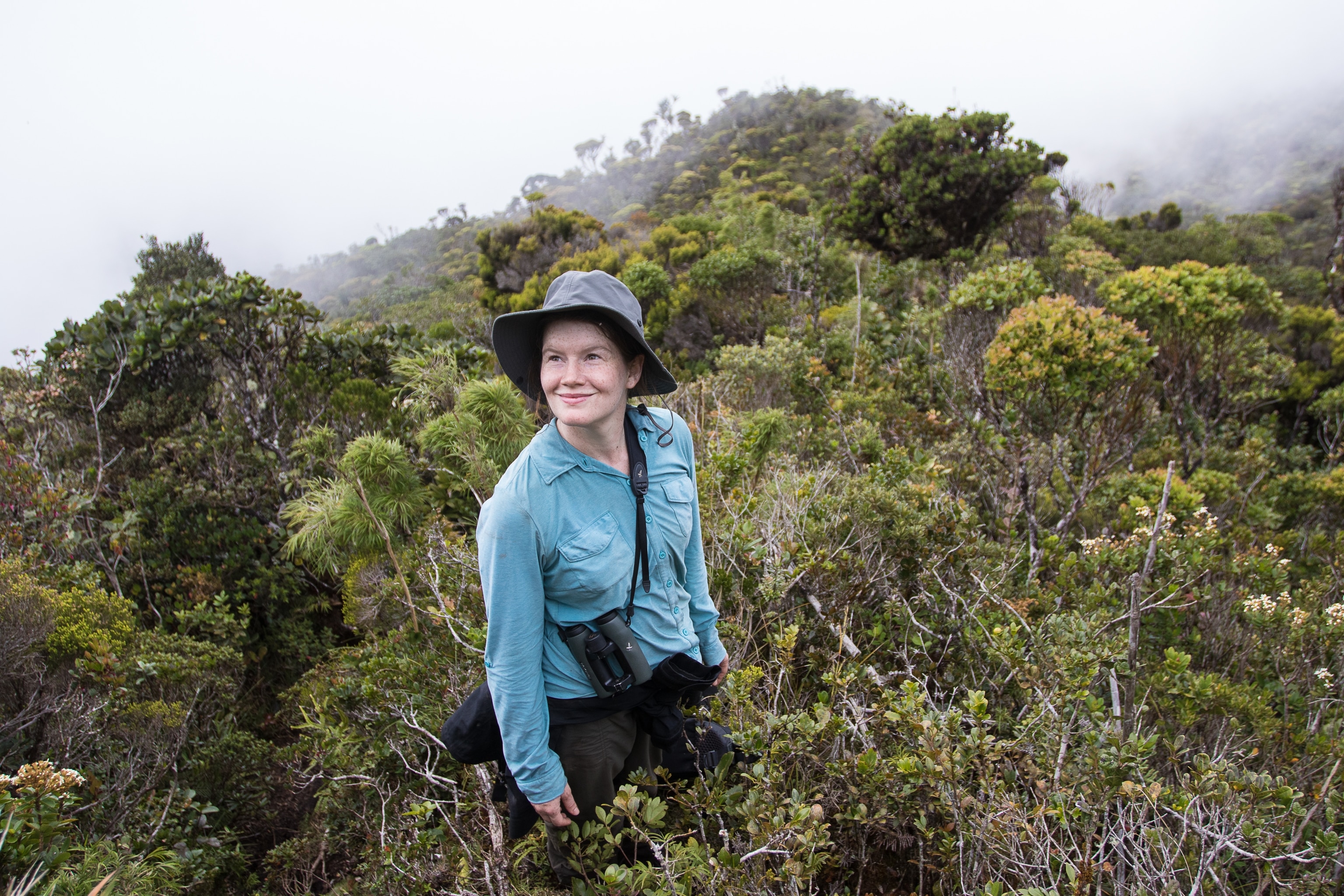
Salazar has stayed curious about nature; she's been photographing it since her father first gave her a camera when she was 11. As an environmental photographer and researcher, the focus of her work today has been shaped through moments of realization and the desire to fill a need.
Salazar was a successful photographer early on, garnering international recognition as a teenager, including being named the BBC’s young wildlife photographer of the year. Beyond marking a lifetime achievement to this point, the title roused her determination to take her skill a step further.
“I realized that photography has this incredible power to inspire people to take an interest in nature and environmental issues,” Salazar says.
Today a Ph.D. candidate at the University of Florida’s School of Forest, Fisheries, and Geomatics Sciences, Salazar spends her time researching the ways environmental images influence people’s attitudes and behaviors towards the environment, as well as how issues are framed visually, and how people respond to them—a concept known as visual framing.
After spending years in the field, she wondered if the images she was capturing were making a difference. How could what we see impact how we feel, and further, how we act?
“I had these questions that kept coming up in my work. I just decided it was worth putting my camera down for a little while and digging into them,” Salazar says.
Environmental education, and finding ways to improve kids’ connections to the planet, are also priorities for her.
Before leaning into her research, Salazar spent nearly a decade as a conservation photojournalist on a trail of projects with nongovernmental organizations around the world. This exposure to new landscapes also meant witnessing environmental issues first hand, and Salazar began to see photography as an agent of change.
“That’s when I started to really think about photography as more of a mission-driven pursuit,” she remembers. “That’s when I really started to take on this identity of a conservation photographer.”
One of the projects that further molded her career was a 10-month stint in the rainforest spent documenting the last unpaved frontier of South America’s expansive Interoceanic Highway, stretching from Peru to Brazil.
With support from the Society, Salazar embedded with local communities to tell the story of the conservation corridor in the Peruvian Amazon, one of the most biodiverse regions on earth. The experience struck a chord with her.
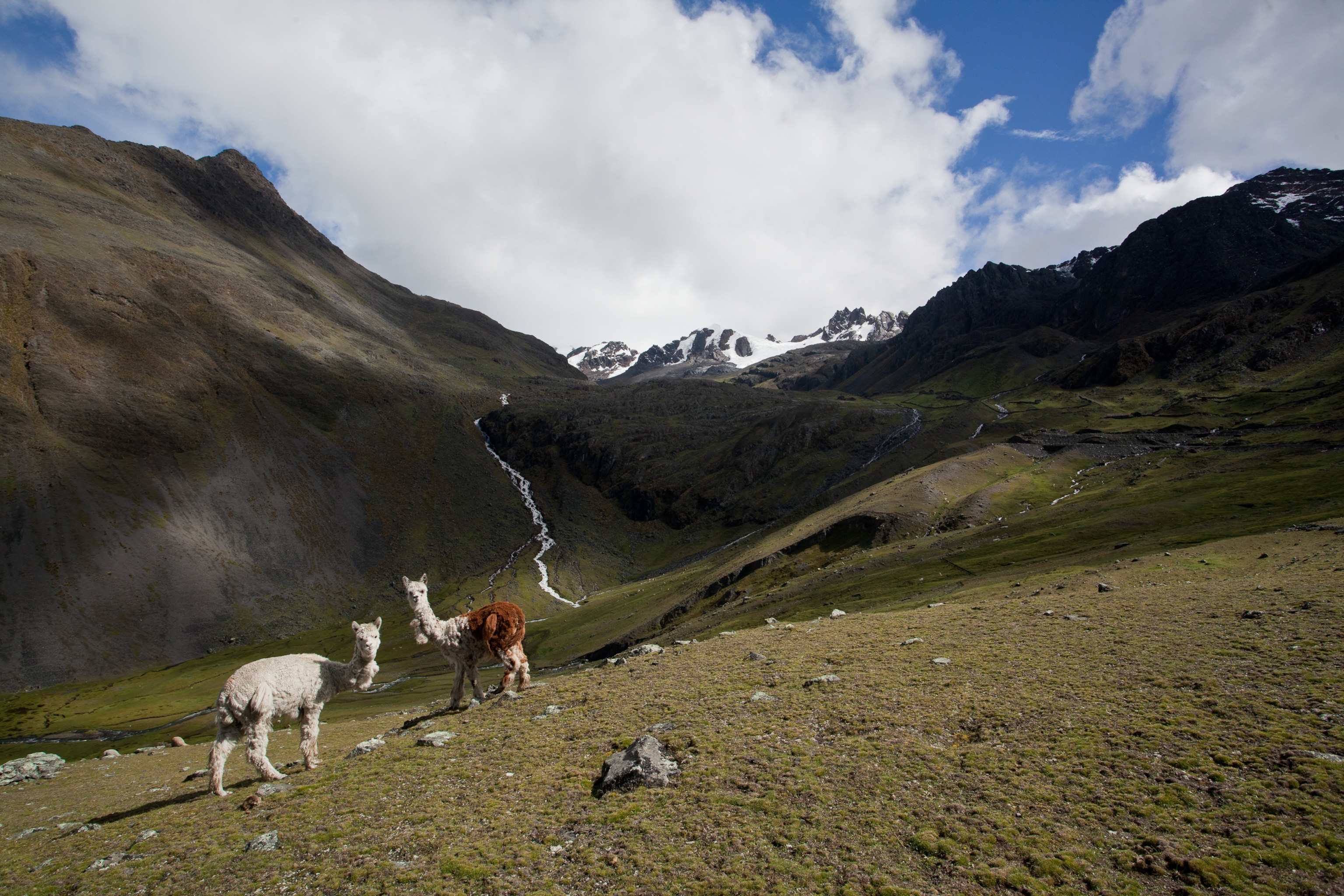
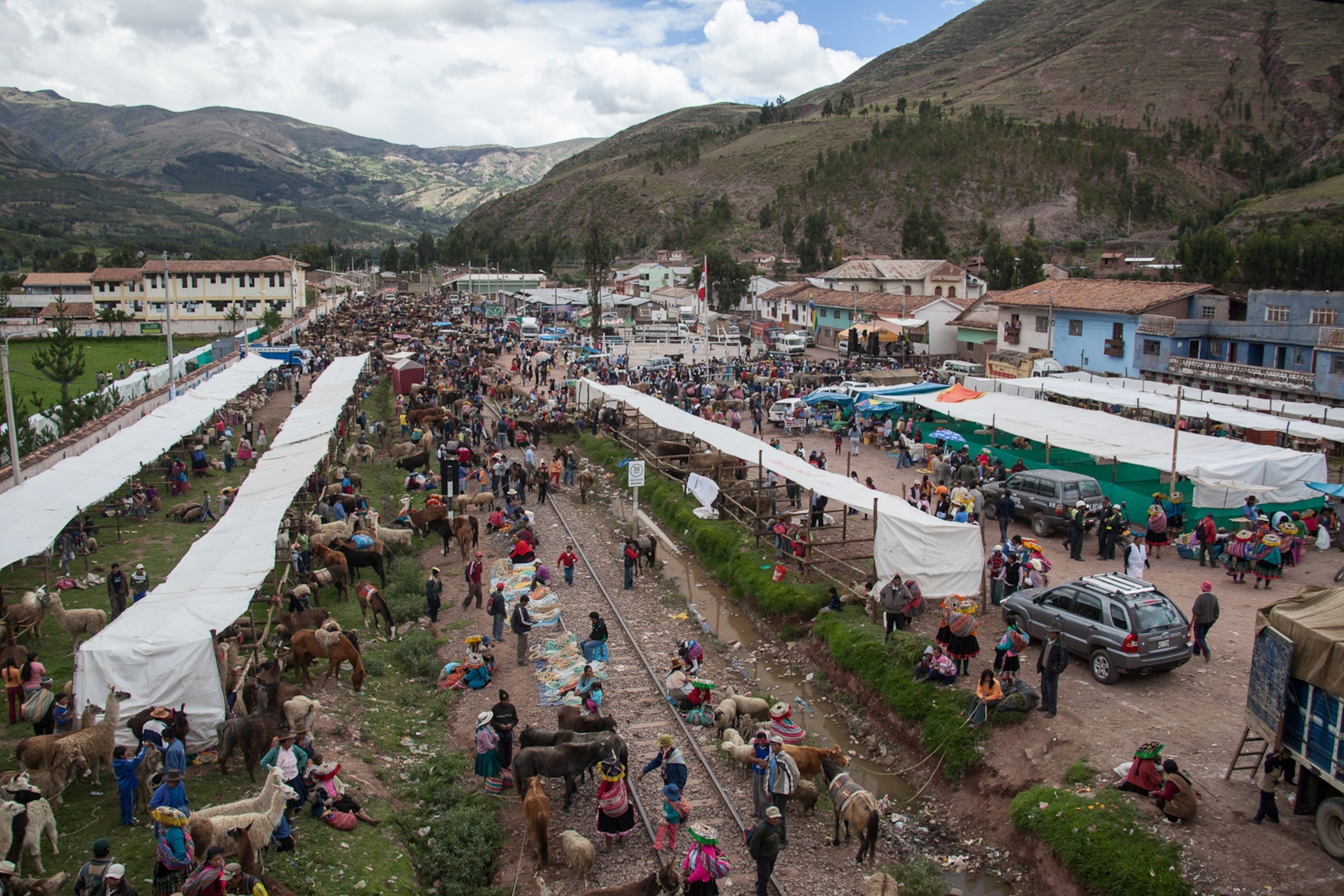
“I started to understand the impact of the road on wildlife and biodiversity,” she says, and to her surprise, “also the positive kind of influence of this road on people’s lives.”
“The complexity of conservation issues” revealed itself, and Salazar returned from the project with a renewed mission.
“I started to understand why it’s so important to not just have one perspective, but to integrate social and ecological perspectives in general,” she explains. “I decided I wanted to work at this intersection of science communication, environmental education, and photography.”
In 2018, Salazar, in collaboration with Dr. Krithi Karanth, helped launch the Wild Shaale project to help foster positive relationships between youth and nature in rural India, which has helped more than 20,000 children better understand wildlife and wild places. The project also aims to evaluate the efficacy of environmental education approaches, something she is committed to across her work.
In the same year, Salazar highlighted the stories of women encountering and overcoming barriers in the science field in the documentary film Outnumbered, which she co-produced with fellow National Geographic Explorer, Clare Fieseler.
For Salazar, encouraging youth to take an interest in their surroundings is personal.
“I love working with youth because I had so many really powerful mentors and supporters when I was a kid and it made all the difference,” she remembers, and also acknowledges the lack of women she could look to for inspiration—a gap she’s actively working to fill.
Partly inspired by their documentary narrative, Salazar and Fieseler teamed up again to elevate the voices of more intrepid women in STEM. The Explorers’ book, No Boundaries: 25 Women Explorers and Scientists Share Adventures, Inspiration, and Advice, was published in February 2022 with National Geographic Kids Books.
"We wish we'd had a book like this one when we were growing up to expose us to all of the possibilities for our lives," Salazar recalls, “and I think there’s still a need for that.”
Of equal importance to elevating achievements is being candid about the challenges, which is what No Boundaries highlights with the stories of 25 inspiring women in the field: raw realities of midlife career shifts, barriers, and sometimes, a lonely road.
“We wanted it to be real…not just the successes, but also talking about some of these real issues, which I think gets back to the idea of giving kids skills and helping them feel empowered,” Salazar says, adding that research shows a positive correlation between people having role models when they are young, and taking up environmental careers in adulthood.

Ultimately, Salazar wants us all to be more in-tune with the natural world, which, as she sees it, is behind our potential to protect it.
Exploring our own backyards is “a very basic thing” we can all do, Salazar suggests, as a way to better appreciate our surroundings without being overwhelmed by global issues.
“I think that is the key to ensuring that we have a sustainable future. Making sure we have emotional connections in the places where we live, and we have the support we all need to be able to do the work that needs to be done.”
And the work may not always be done in a straight line, she explains, speaking from an interdisciplinary perspective—but being guided by an interest is step one.
“For me, it’s always been about following curiosity,” she encourages, “and giving up this idea that paths are always linear."

